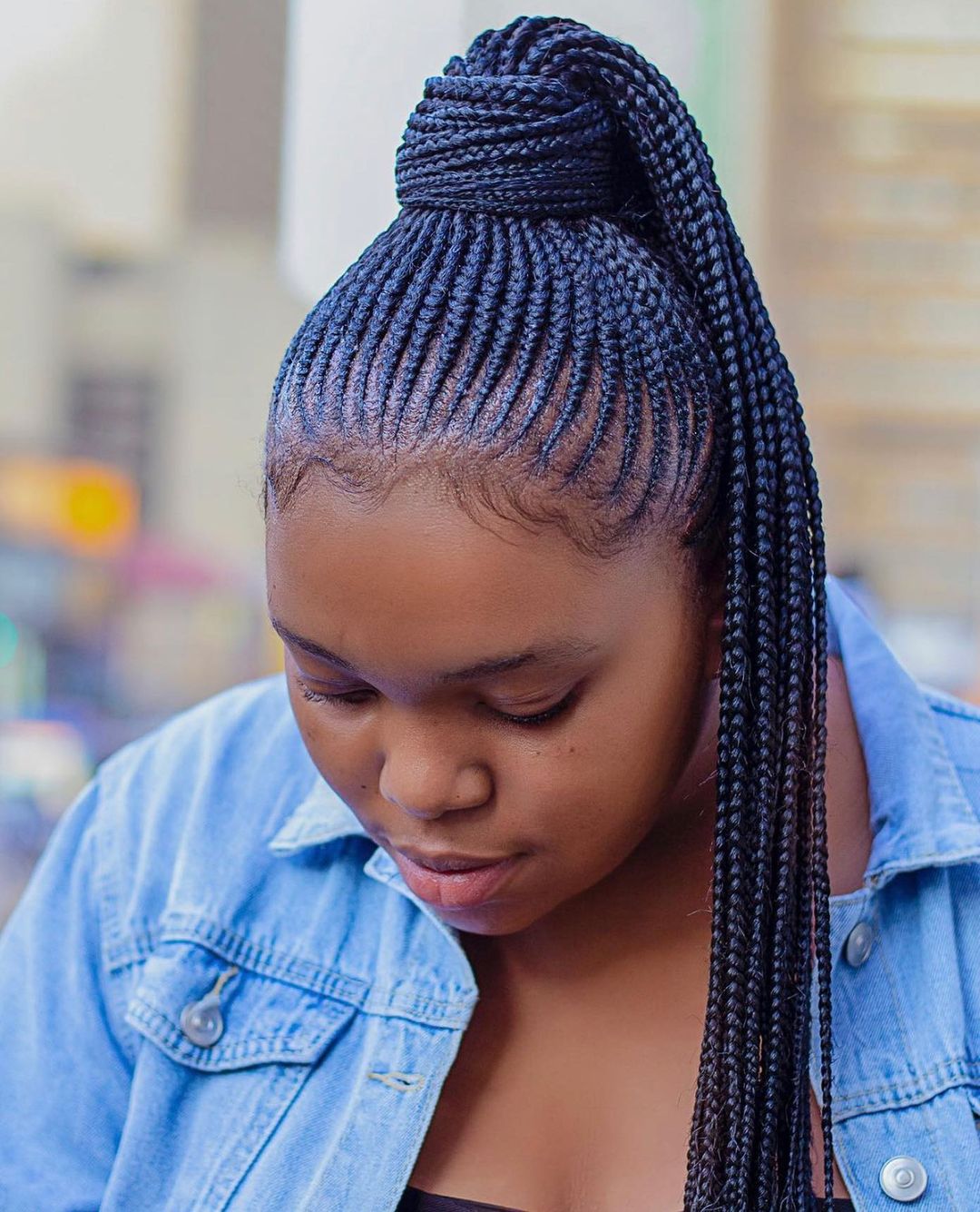Suku Ghana Weaving Styles: A Rich Tapestry Of Culture And Tradition
Ghana is home to a diverse array of weaving styles that reflect the rich cultural heritage of its various ethnic groups. Among these, the weaving traditions of the Akan, Ewe, and Dagbani people stand out for their unique patterns, vibrant colors, and intricate techniques. Through this article, we will explore the different weaving styles of Ghana, their significance, and how they continue to thrive in modern society.
The art of weaving in Ghana is not just a craft; it is a vital part of the nation’s identity. Each weaving style tells a story, whether it is a tale of history, spirituality, or social status. Today, we will delve into the various techniques used, their historical context, and the modern adaptations of these age-old traditions.
As we journey through the world of Ghanaian weaving styles, we aim to provide a comprehensive look at this fascinating topic. By the end of this article, you will have a deeper appreciation for the artistry and meaning behind these beautiful textiles.
Table of Contents
- Biography of Ghanaian Weaving Styles
- Traditional Weaving Techniques
- Akan Weaving Styles
- Ewe Weaving Styles
- Dagbani Weaving Styles
- Cultural Significance of Weaving
- Modern Adaptations in Weaving
- Conclusion
Biography of Ghanaian Weaving Styles
Weaving in Ghana has a long and storied history that dates back centuries. The craft is traditionally passed down through generations, with each ethnic group contributing its unique styles and techniques. The Akan, Ewe, and Dagbani people are among the most prominent weavers in the country, each with distinct characteristics in their weaving practices.
| Ethnic Group | Key Weaving Style | Materials Used | Significance |
|---|---|---|---|
| Akan | Kente | Cotton, silk | Symbol of status and pride |
| Ewe | Kete | Cotton | Religious and ceremonial use |
| Dagbani | Fugu | Wool, cotton | Everyday wear and cultural representation |
Traditional Weaving Techniques
The traditional weaving techniques used in Ghana are diverse and vary significantly among different ethnic groups. Common methods include:
- Backstrap Weaving: A technique where the loom is anchored to the weaver's body, allowing for mobility.
- Horizontal Loom Weaving: A more elaborate setup that allows for the creation of wider fabrics, often used for Kente.
- Double Weave: A method that produces two layers of fabric simultaneously, often seen in Ewe textiles.
Akan Weaving Styles
The Akan people are renowned for their Kente weaving, a vibrant and colorful textile that is often used for ceremonial purposes. Kente cloth is characterized by its intricate patterns and bright colors, each of which holds specific meanings.
Some of the most notable features of Akan weaving include:
- Symbolism: Each pattern in Kente cloth represents specific proverbs or historical events.
- Colors: Colors used in Kente often symbolize different aspects of life, such as love, wealth, and spirituality.
- Handcrafted Quality: Every piece of Kente is handmade, ensuring that no two pieces are identical.
Ewe Weaving Styles
The Ewe people are known for their Kete weaving, which serves both practical and ceremonial purposes. Ewe textiles often feature bold patterns and vibrant colors, much like their Akan counterparts.
Key aspects of Ewe weaving include:
- Ritual Significance: Kete is often used in ceremonies, including weddings and funerals.
- Community Involvement: Weaving is often a communal activity, with members of the community coming together to create textiles.
- Unique Techniques: Ewe weavers often employ unique techniques such as the use of animal motifs in their designs.
Dagbani Weaving Styles
The Dagbani people are known for their Fugu weaving, which is primarily used for everyday clothing. This style is characterized by its simpler patterns and use of wool and cotton.
Distinct features of Dagbani weaving include:
- Durability: Fugu textiles are known for their strength and longevity, making them ideal for everyday wear.
- Minimalistic Designs: Unlike Kente, Fugu often features more subdued colors and patterns.
- Cultural Identity: Fugu is a vital representation of Dagbani culture and identity.
Cultural Significance of Weaving
Weaving in Ghana is more than just a craft; it is an integral part of the cultural identity of various ethnic groups. The textiles produced are often used in significant life events, such as:
- Weddings: Traditional weddings often feature Kente cloth, symbolizing the union of two families.
- Funerals: Specific textiles are used in funerary rites, reflecting the deceased's status and achievements.
- Festivals: Various festivals celebrate the art of weaving, showcasing the skills of local artisans.
Modern Adaptations in Weaving
As global fashion trends evolve, Ghanaian weaving styles have adapted to meet contemporary demands. Today, you can see traditional weaves incorporated into modern clothing, accessories, and home decor. Some notable trends include:
- Fusion Fashion: Designers are blending traditional weaving techniques with modern styles to create unique fashion statements.
- Sustainable Practices: Many weavers are focusing on sustainable materials and practices to appeal to eco-conscious consumers.
- Global Market: Online platforms have allowed Ghanaian weavers to reach a broader audience, increasing the visibility of their crafts.
Conclusion
Ghanaian weaving styles are a beautiful representation of the country's rich cultural heritage. From the intricate patterns of Kente to the simplicity of Fugu, these textiles tell stories that are deeply rooted in the history and identity of the Ghanaian people. As we continue to embrace modernity, it is essential to preserve these traditions and promote the artisans behind them.
We encourage you to explore more about Ghana's weaving styles, support local artisans, and even consider incorporating these vibrant textiles into your wardrobe or home.
Thank you for reading! If you enjoyed this article, please leave a comment, share it with friends, or check out our other articles on cultural heritage and traditional crafts.
Exploring Middle Names That Start With J: A Comprehensive Guide
General Hospital Comings And Goings 2023: Latest Updates And News
Chamath Palihapitiya's Ex-Wife: Unveiling The Life Beyond The Billionaire


